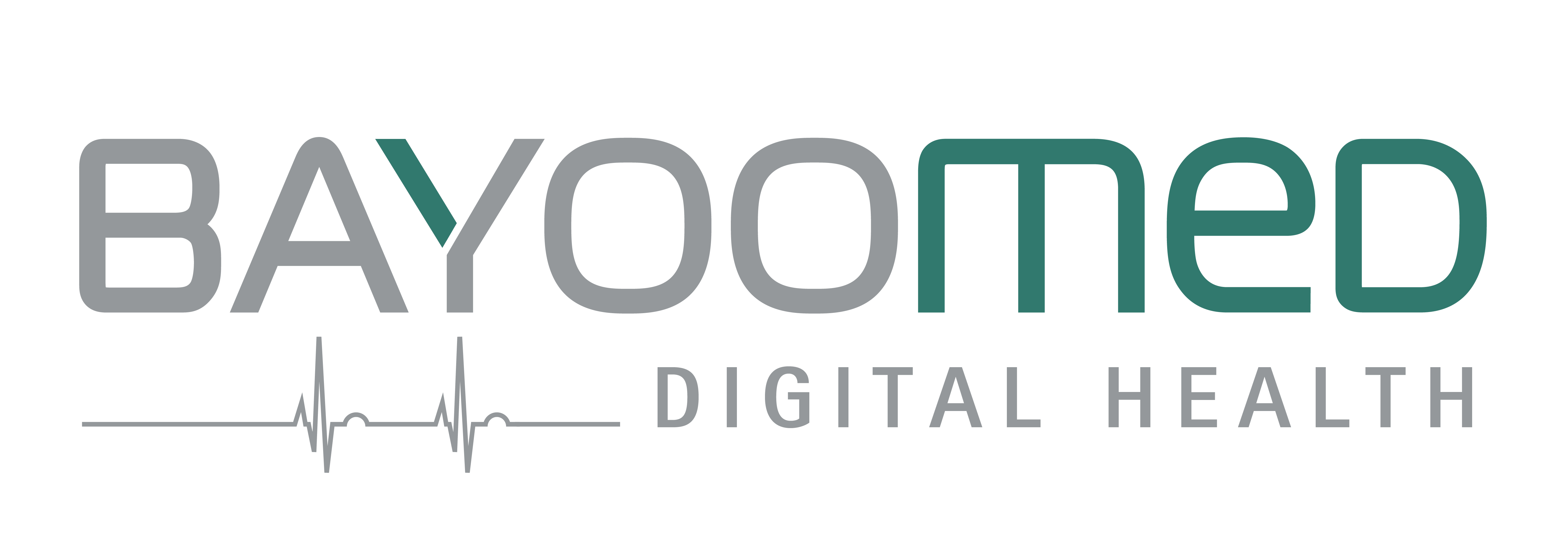Opportunities and challenges for DiGA manufacturers
With the Digital Healthcare Act (DVG), the so-called Digital Health Application (DiGA) has been included as a new service category in the catalog of standard care provided by statutory health insurance (SHI). Patients with statutory health insurance are entitled to the provision of digital health applications.
Along with the various opportunities this presents for manufacturers, there are also a variety of challenges.
What manufacturers should know about the legal framework of the law and the requirements for inclusion in the DiGA directory? We have summarized it.
Legal framework
The legislator relied on three different types of standards when structuring the legal framework for DiGA. At the highest level is the parliamentary law, the Digital Supply Act (DVG), which defines the framework, the decisive cornerstones and criteria. A second form of the DVG framework is provided by a legal ordinance of the Federal Ministry of Health (BMG), the so-called Digital Health Applications Ordinance (DiGAV).
Pursuant to § 139 e para. 9 SGB V, the BMG may regulate by statutory order relevant detailed questions regarding the requirements for DiGA, the inclusion procedure in the directory for digital health applications pursuant to Section 139 e SGB V (“DiGA directory”) and the arbitration procedure regarding the remuneration amount.
In addition, the “DiGA guideline” (The fast-track procedure for digital health applications (DiGA) in accordance with Section 139e SGB V, current version 3.5 dated 28.12.2023) is highly relevant. It contains a description of how the BfArM “will regularly interpret the normative requirements from the DVG and DiGAV [including the changes resulting from the Digital Supply and Care Modernization Act (DVPMG) and the 1st DiGAV Amendment Ordinance]”.
DiGA directory
- Electronic application to the BfArM
- Fulfillment of the requirements for safety, functionality, quality and interoperability of the DiGA
- Compliance with data protection and data security requirements
- Proof of positive supply effects
Electronic application to the BfArM
The electronic application can be for both provisional and final inclusion in the DiGA directory. According to § 1 para. 2 DiGAV, manufacturer of the medical device within the meaning of the applicable medical device regulations.
Legal framework
The legislator relied on three different types of standards when structuring the legal framework for DiGA. At the highest level is the parliamentary law, the Digital Supply Act (DVG), which defines the framework, the decisive cornerstones and criteria. A second form of the DVG framework is provided by a legal ordinance of the Federal Ministry of Health (BMG), the so-called Digital Health Applications Ordinance (DiGAV).
Pursuant to § 139 e para. 9 SGB V, the BMG may regulate by statutory order relevant detailed questions regarding the requirements for DiGA, the inclusion procedure in the directory for digital health applications pursuant to Section 139 e SGB V (“DiGA directory”) and the arbitration procedure regarding the remuneration amount.
In addition, the “DIGA guidelines” (The fast-track procedure for digital health applications (DiGA) in accordance with Section 139e SGB V, current version 3.5 dated 28.12.2023) are highly relevant. It contains a description of how the BfArM “will regularly interpret the normative requirements of the DVG and DiGAV (including the changes resulting from the Digital Supply and Care Modernization Act (DVPMG) and the 1st DiGAV Amendment Ordinance)”.
DiGA directory
The list of reimbursable DiGA can be viewed on the BfArM website. According to § 139 e para. 2 SGB V essentially take the following steps to achieve inclusion in the DiGA directory:
- Electronic application to the BfArM
- Fulfillment of the requirements for safety, functionality and quality of the DiGA
- Proof of data protection and data security requirements
- Proof of positive supply effects
Electronic application to the BfArM
The electronic application can be for both provisional and final inclusion in the DiGA directory. A final inclusion in the DiGA directory will in all probability be determined by a comparative study already carried out by the manufacturer to prove the positive effects of the treatment. According to § 1 para. 2 DiGAV, manufacturer of the medical device within the meaning of the applicable medical device regulations.

Fulfillment of safety and functional suitability requirements
According to § 3 Abs. 1 DiGAV, proof of compliance with the requirements for safety and functional suitability of the DiGA is generally deemed to have been provided by the CE conformity marking.
Quality requirements
The quality requirements are set out in § 5 DiGAV. The requirements to be met include semantic and technical interoperability, robustness, consumer protection and intuitive operation.
Data protection and data security requirements
Manufacturers provide the requirements for data protection and data security through a self-declaration. The content of the self-declaration is determined by Annex 1 of the DiGAV. From 01.08.2024, proof of compliance with data protection requirements must be provided by means of a certificate; from 01.01.2025, proof of compliance with data security requirements must also be provided by means of a certificate (see Section 139e (10) and (11) SGB V).
Proof of positive supply effects
In addition, evidence of positive supply effects must be provided by the manufacturer. A definition of positive supply effects can be found in Section 8 para. 1 DiGAV, according to which these effects are reflected either in a medical benefit or patient-relevant structural and procedural improvements in care. These are set out in § 8 para. 2 and 3 of the DiGAV.
In the application for inclusion, the manufacturer must state the positive treatment effect that has been demonstrated by a comparative study or is still to be demonstrated as part of a provisional inclusion in the DiGA directory, as well as the patient group (or patient group) concerned. the indication(s) according to ICD-10-GM).
In the case of an application for provisional inclusion, the requirements for the DiGA in accordance with Sections 3 to 6 DiGAV (quality, safety, functional suitability, data security, data protection and interoperability) must already be met at the time of the application, even if the study in which the positive effect on care is to be demonstrated can be submitted later.
Fulfillment of safety, functionality and quality requirements
According to § 2 Abs. 1 DiGAV, proof of compliance with the requirements for safety, functionality and quality of the DiGA is deemed to have been provided by the CE conformity marking.
Data protection and data security requirements
Manufacturers provide the data protection and data security requirements by means of a self-declaration. The content of the self-declaration is determined by Annex 1 of the DiGAV. Accordingly, the BfArM does not carry out its own review of the manufacturer’s compliance with data protection law. This means that the manufacturer ultimately bears the risk of a false assessment.
Proof of positive supply effects
Finally, evidence of positive supply effects must be provided by the manufacturer. A definition of positive supply effects can be found in Section 8 para. 1 DiGAV, according to which these effects are reflected either in a medical benefit or patient-relevant structural and procedural improvements in care. Both the medical benefits and the structural and procedural improvements in the provision of care are defined in Section 8 para. 2 and 3 of the DiGAV.
Finally, in the application for inclusion, the manufacturer must specifically state the positive treatment effect that has been proven by a comparative study or is still to be proven as part of a provisional inclusion in the DiGA directory, as well as the patient group concerned (or the indications according to ICD-10-GM).
Prospects
Proving the positive effects on care is likely to prove to be the biggest hurdle in practice. In addition to manufacturers’ access to billing and research data for a retrospective study, there is still a lack of a general data strategy in the healthcare system, which would be important for corresponding evidence. If an application for provisional admission is rejected, the manufacturer may submit a new application without a waiting period. If, on the other hand, the final admission of a provisionally admitted DiGA is rejected, a new application can be submitted at the earliest twelve months after the rejection notice. This requires new evidence of the positive supply effects.
Your fast track to DiGA
Don’t want to lose any time and get your DiGA to market quickly and safely?
Then we have a compliant solution for you with MedicalOne Connect.
The choice is yours:
From app to DiGA in just one month,including staging and production system or
Your DiGA – ready in 5-6 months,incl. technical documentation for class IIa medical device in accordance with the Medical Device Regulation (MDR), staging and production system

